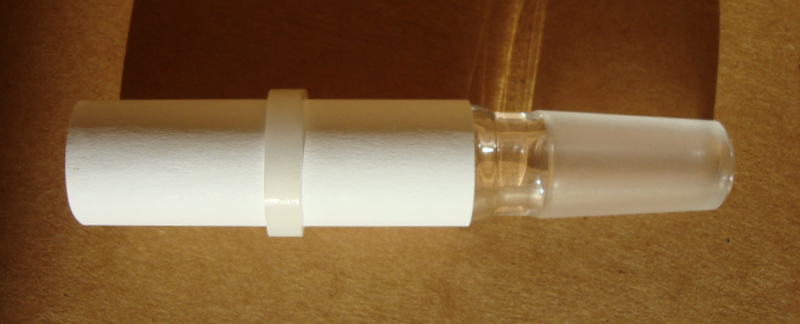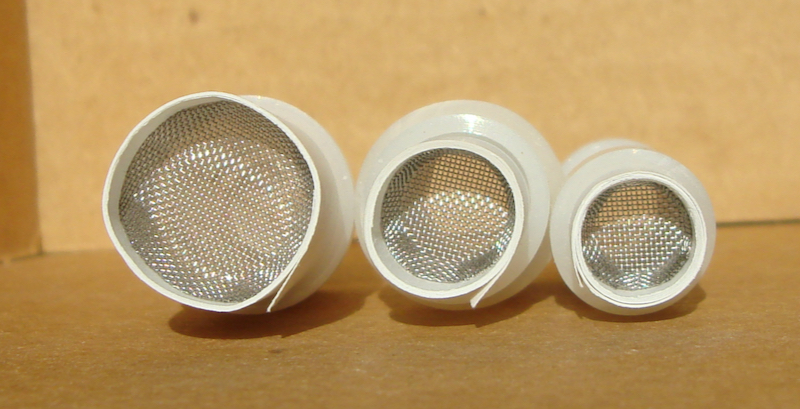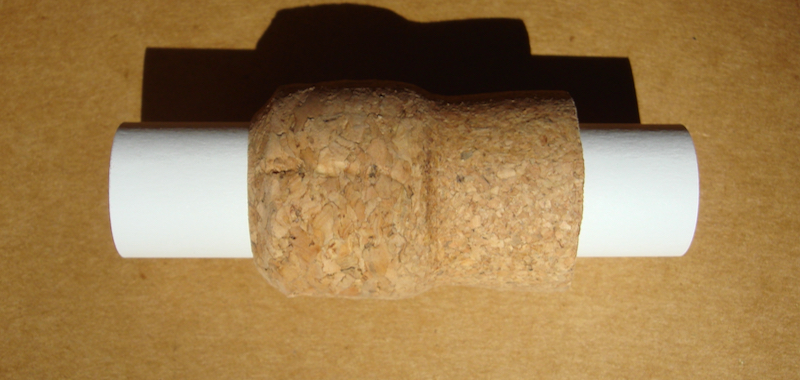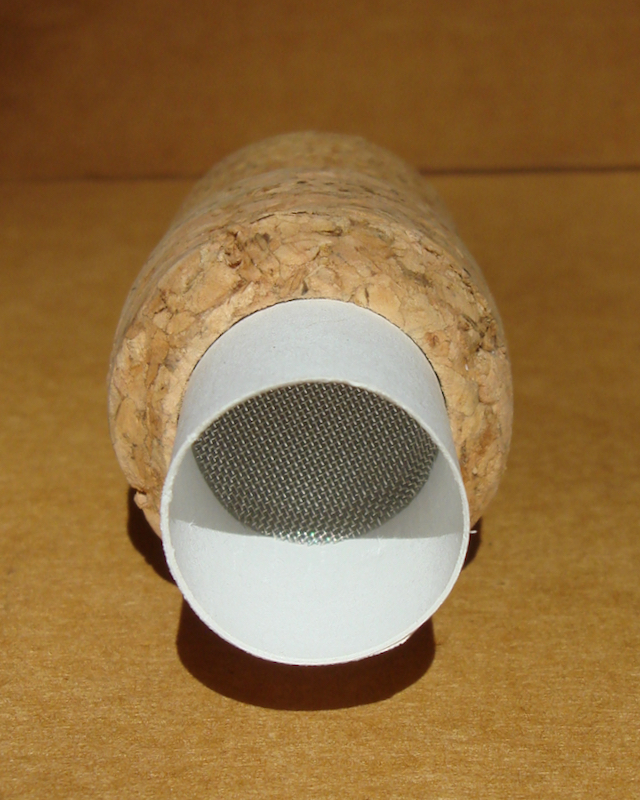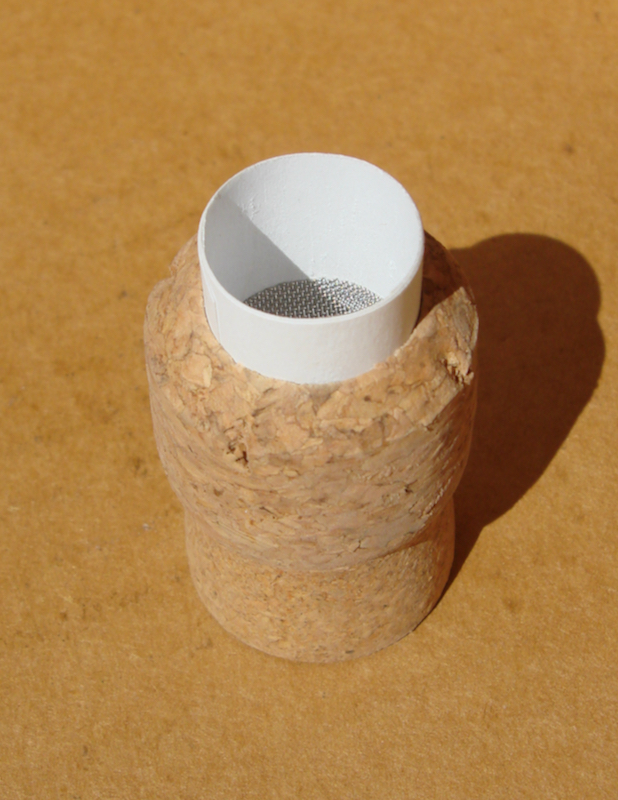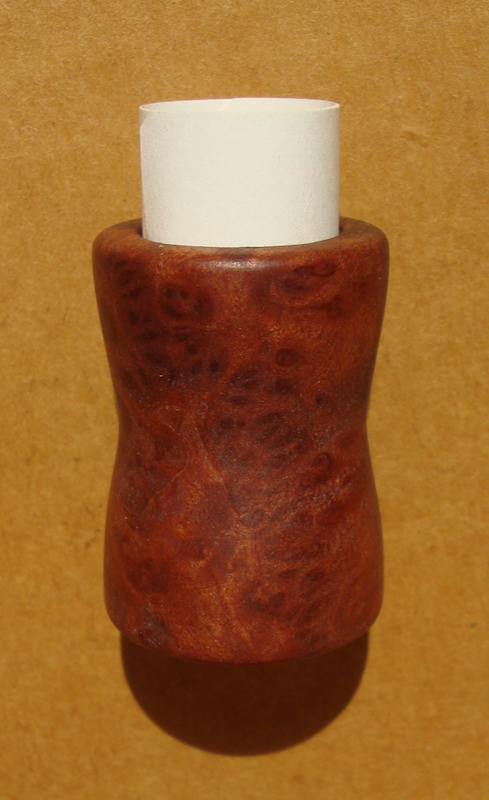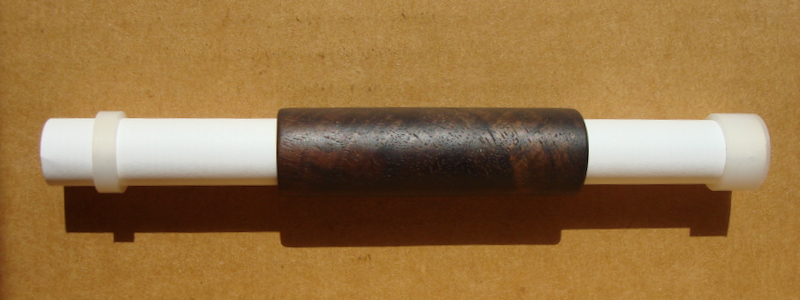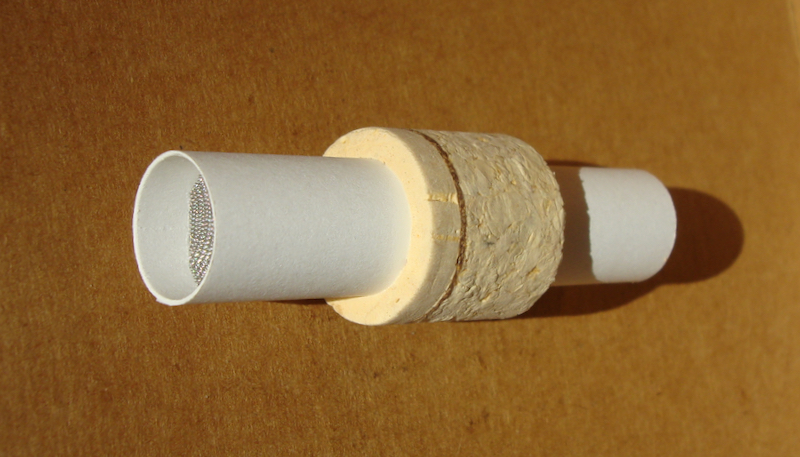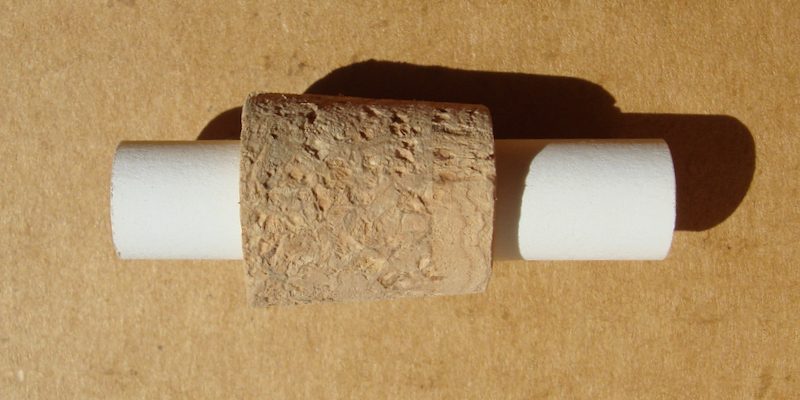Looking for a solution to cleaning roasting tubes that is also affordable and easy?
Paper roasting tubes may be the answer. They have the following benefits.
Affordable
Disposable
Renewable
Unbreakable
Light weight
Easy to make
Adds no taste
Provides a good air seal
Screen stays cleaner longer
Can be made almost any size or length
Doesn’t rob heat away from roast
No chance of burning your skin from a hot tube
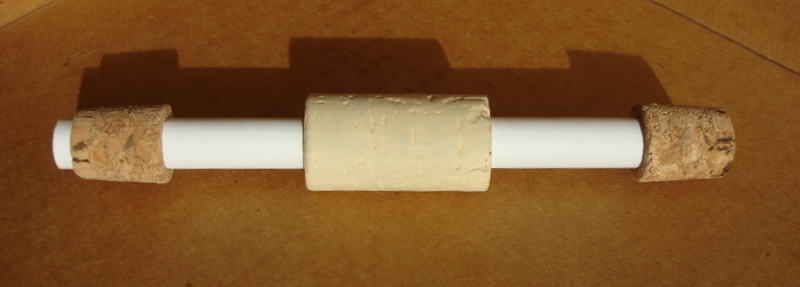
I am using tapered cork tube connectors to secure plain white paper wrapped around an appropriately sized dowel or rod, which is then removed to create the paper tube.
A basket screen fits into the end of the tube and holds firmly onto the paper within the cork connector. The tapered cork connector allows the paper roasting tube to fit into any 18mm female connection units like 7th floor, Lamart, iHeat and GTVF.
This paper roasting tube fits my 7/16” ss heater cover. Will have to see how long it lasts. So far the screen is staying very clean.
Paper roasting tubes will work for any herbal roasting system that uses a separate tube to hold the herbal material. Let’s see how creative everyone can be.
Happy Roasting
Paper roasting tubes may be the answer. They have the following benefits.
Affordable
Disposable
Renewable
Unbreakable
Light weight
Easy to make
Adds no taste
Provides a good air seal
Screen stays cleaner longer
Can be made almost any size or length
Doesn’t rob heat away from roast
No chance of burning your skin from a hot tube

I am using tapered cork tube connectors to secure plain white paper wrapped around an appropriately sized dowel or rod, which is then removed to create the paper tube.
A basket screen fits into the end of the tube and holds firmly onto the paper within the cork connector. The tapered cork connector allows the paper roasting tube to fit into any 18mm female connection units like 7th floor, Lamart, iHeat and GTVF.
This paper roasting tube fits my 7/16” ss heater cover. Will have to see how long it lasts. So far the screen is staying very clean.
Paper roasting tubes will work for any herbal roasting system that uses a separate tube to hold the herbal material. Let’s see how creative everyone can be.
Happy Roasting


